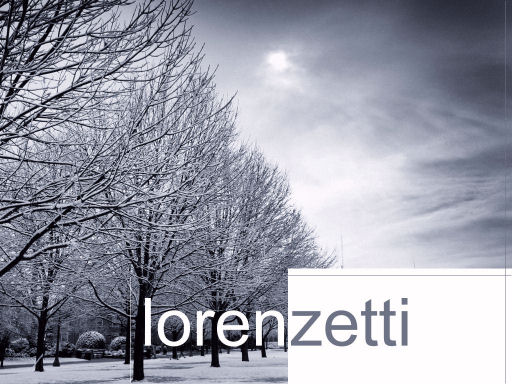'Moda' e 'Arte'

por Oscar WILDE, na Pall Mall Gazette de 28.2.1885:
'‘How can you possibly paint these ugly three-cornered hats?’ asked a reckless art critic once of Sir Joshua Reynolds. ‘I see light and shade in them,’ answered the artist. ‘Les grands coloristes,’ says Baudelaire, in a charming article on the artistic value of frock coats, ‘les grands coloristes savent faire de la couleur avec un habit noir, une cravate blanche, et un fond gris.’
‘Art seeks and finds the beautiful in all times, as did her high priest Rembrandt, when he saw the picturesque grandeur of the Jews’ quarter of Amsterdam, and lamented not that its inhabitants were not Greeks,’ were the fine and simple words used by Mr. Whistler in one of the most valuable passages of his lecture. The most valuable, that is, to the painter: for there is nothing of which the ordinary English painter needs more to be reminded than that the true artist does not wait for life to be made picturesque for him, but sees life under picturesque conditions always—under conditions, that is to say, which are at once new and delightful. But between the attitude of the painter towards the public and the attitude of a people towards art, there is a wide difference. That, under certain conditions of light and shade, what is ugly in fact may in its effect become beautiful, is true; and this, indeed, is the real modernité of art: but these conditions are exactly what we cannot be always sure of, as we stroll down Piccadilly in the glaring vulgarity of the noonday, or lounge in the park with a foolish sunset as a background. Were we able to carry our chiaroscuro about with us, as we do our umbrellas, all would be well; but this being impossible, I hardly think that pretty and delightful people will continue to wear a style of dress as ugly as it is useless and as meaningless as it is monstrous, even on the chance of such a master as Mr. Whistler spiritualising them into a symphony or refining them into a mist. For the arts are made for life, and not life for the arts.
[...]
For all costumes are caricatures. The basis of Art is not the Fancy Ball. Where there is loveliness of dress, there is no dressing up. And so, were our national attire delightful in colour, and in construction simple and sincere; were dress the expression of the loveliness that it shields and of the swiftness and motion that it does not impede; did its lines break from the shoulder instead of bulging from the waist; did the inverted wineglass cease to be the ideal of form; were these things brought about, as brought about they will be, then would painting be no longer an artificial reaction against the ugliness of life, but become, as it should be, the natural expression of life’s beauty. Nor would painting merely, but all the other arts also, be the gainers by a change such as that which I propose; the gainers, I mean, through the increased atmosphere of Beauty by which the artists would be surrounded and in which they would grow up. For Art is not to be taught in Academies. It is what one looks at, not what one listens to, that makes the artist. The real schools should be the streets. There is not, for instance, a single delicate line, or delightful proportion, in the dress of the Greeks, which is not echoed exquisitely in their architecture. A nation arrayed in stove-pipe hats and dress-improvers might have built the Pantechnichon possibly, but the Parthenon never. And finally, there is this to be said: Art, it is true, can never have any other claim but her own perfection, and it may be that the artist, desiring merely to contemplate and to create, is wise in not busying himself about change in others: yet wisdom is not always the best; there are times when she sinks to the level of common-sense; and from the passionate folly of those—and there are many—who desire that Beauty shall be confined no longer to the bric-à-brac of the collector and the dust of the museum, but shall be, as it should be, the natural and national inheritance of all,—from this noble unwisdom, I say, who knows what new loveliness shall be given to life, and, under these more exquisite conditions, what perfect artist born? Le milieu se renouvelant, l’art se renouvelle.
[...]'.
Marcadores: moda





<< Home